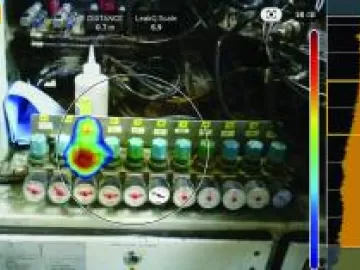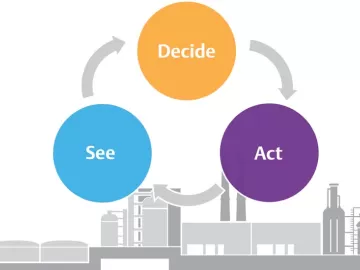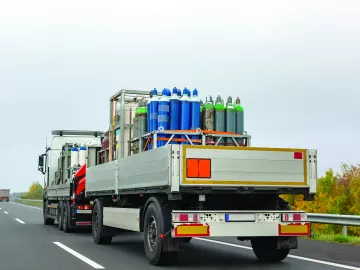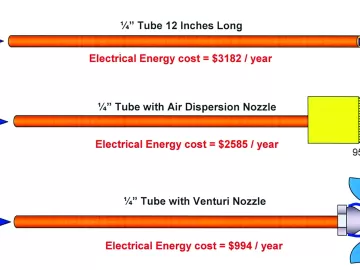How to Avoid Control Gap with VFD Rotary Screw Air Compressors
Air compressors need to be matched to load effectively and efficiently. If the air compressors’ range of variation can’t be matched to the system variation, instability and/or inefficiency can result. This article discusses the problem when it isn’t matched, which is called “control gap” and what to do to avoid it.












